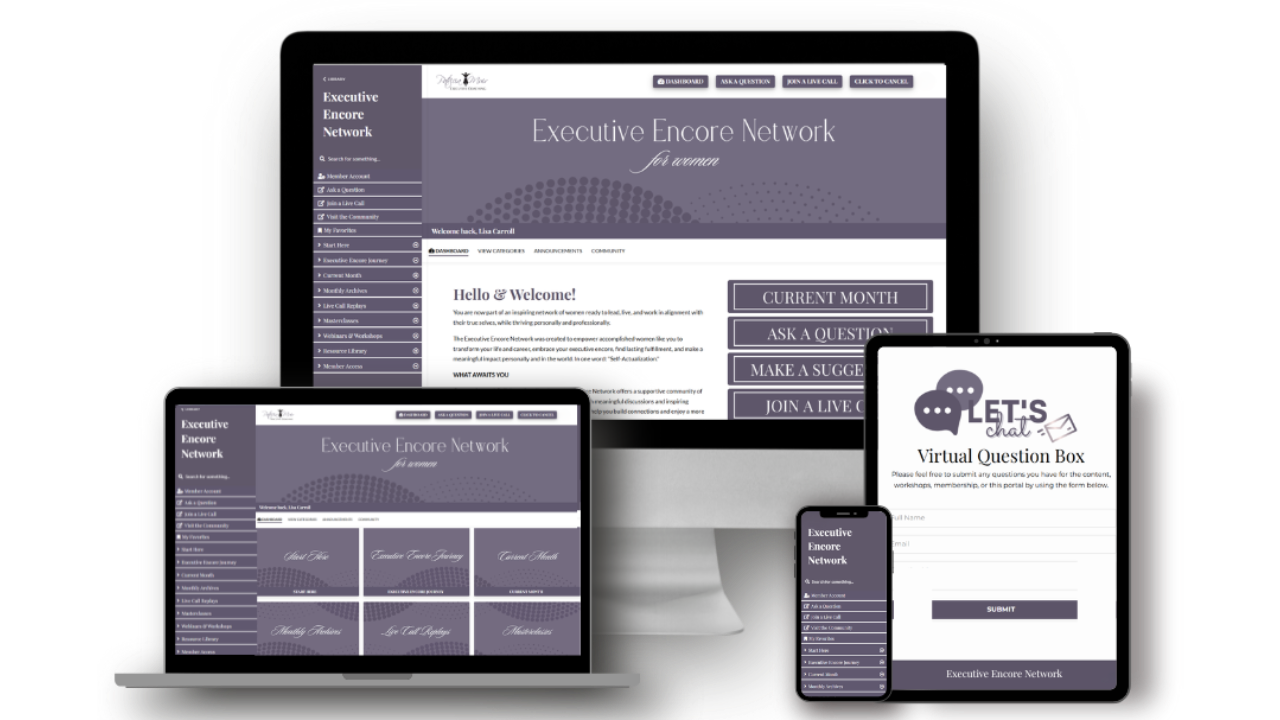
Negativity is common during change - Let's face it!
Dec 09, 2020How are we to deal with negative emotions that are common during changes? The truth is that getting a group of people together and allowing them to vent their emotions can initiate a plunge into negativity. If you are results-oriented, you might not be comfortable or prepared to deal with what people have to say when what they have to say is negative. As the plunge into negativity accelerates, your impulse control highjacks your problem-solving capability and sabotages your interpersonal relationships and the success of the change project.
Looking for an approach that has worked?
A project director in a large organization scheduled meetings twice a week for his team undergoing a complex change effort. For the first 15 minutes, staff members were allowed to complain and vent. Only for 15 minutes. Each person was allowed to say anything they felt. The second 15 minutes were devoted to bragging about gains and successes along with celebrating and congratulating. Providing a limited time for venting followed by celebrating, set the tone for positive emotions. Then, ending the meetings with how people overcame obstacles became an energizing process for the work ahead.
During the year of the change project, these meetings built up a remarkable degree of camaraderie among team members. Although some found it more challenging to participate than others, everyone came to realize that the conversion project was hard for everyone. They began to give each other ideas about ways to handle tough situations. As they began to tell each other about their little victories, they felt like a winning team. When the project was over, they felt better about themselves and their organization than they had at the beginning.
What contributes to a successful change process
Many consultants specialize in helping organizations navigate major change initiatives. Those consultants who are also trained and qualified coaches understand the difference between change and transition. Such change agents are familiar with less than satisfactory outcomes, what can be learned from failure and missteps, and how to create a positive experience in the change process by appreciating the psychological effects.
“It isn’t the changes that do you in, it’s the transitions. Change is not the same as transition. Change is situational: the new site, the new boss, the new team roles, the new policy. Transition is the psychological process people go through to come to terms with the new situation. Change is external, transition is internal.” ─William Bridges, Managing Transitions, 1991
Bringing dynamic change to your organization - with a bit of help
What new models are you exploring that will bring on dynamic change? What expert resources do you require? How will you lead in this new paradigm?
Dynamic change in business is not a DIY project. We would love to start the conversation about how we can help you bring dynamic change to your organization more efficiently, effectively, and with less stress for everyone. We can help you implement changes that contribute to a better workplace, good profits, and true growth.......even when change is driven by compliance and legislation.
We can help you to be effective by recognizing and utilizing your competencies while adapting behaviour in situations that require a different approach. Our key tools and resources for leading dynamic change include Emotional Intelligence, TRACTION (EOS Model), Net Promoter System, and the Emerson Suite.
Contact Patricia Muir at [email protected], at 416-804-4383, on LinkedIn, Maestro’s Facebook, Twitter.
Next Steps
You don’t need to navigate your Executive Encore alone. Discover a better way to take charge of your experience.
- Schedule a 30-Minute Complimentary Executive Encore Call.
Ready to elevate your encore chapter?
- Join the Executive Encore Network for Women, a membership and community of supportive women ready to inspire and uplift. Subscribe to the Sunday Encore to begin your Executive Encore Journey and register for the next Tour to learn more.


